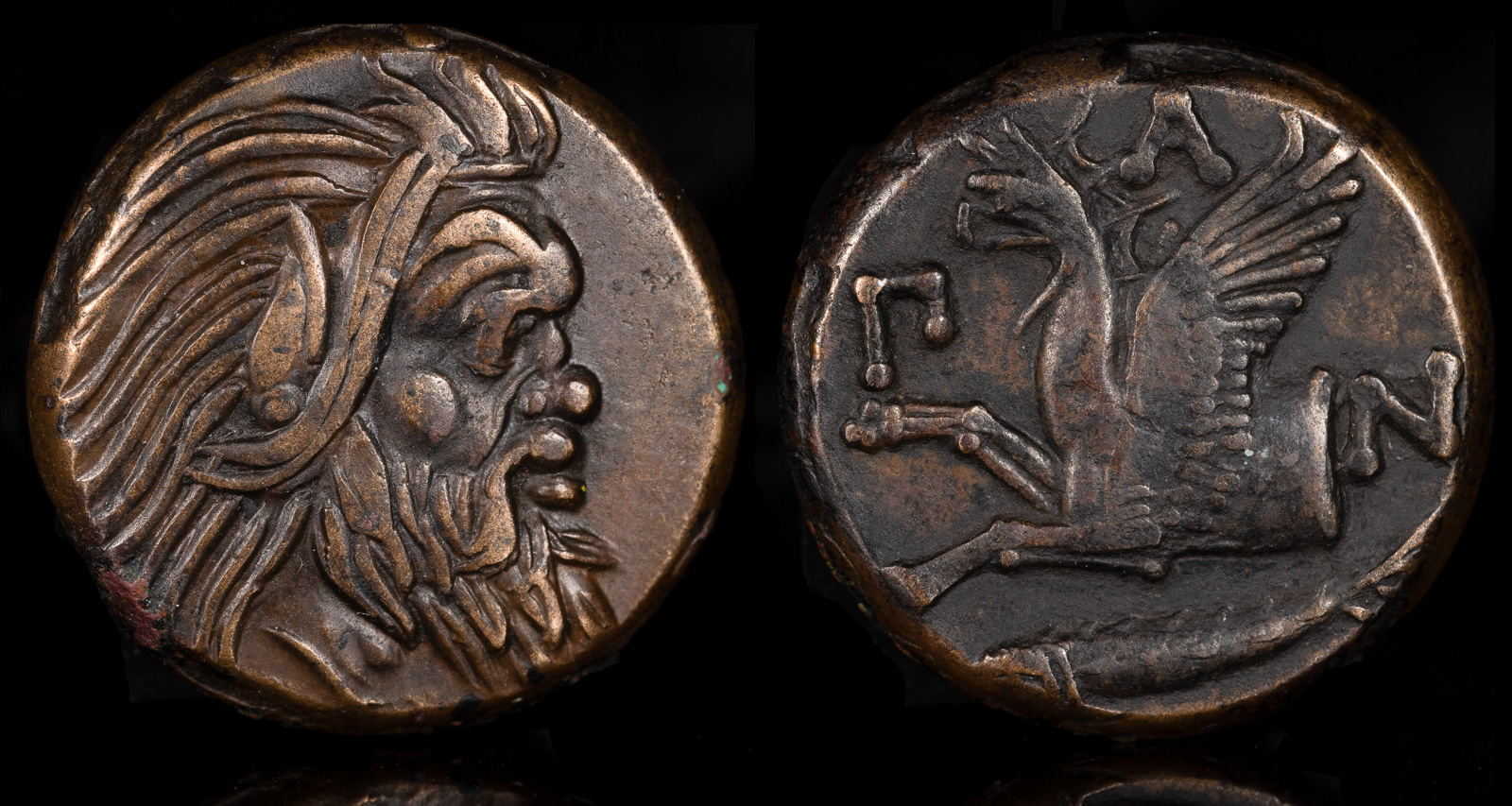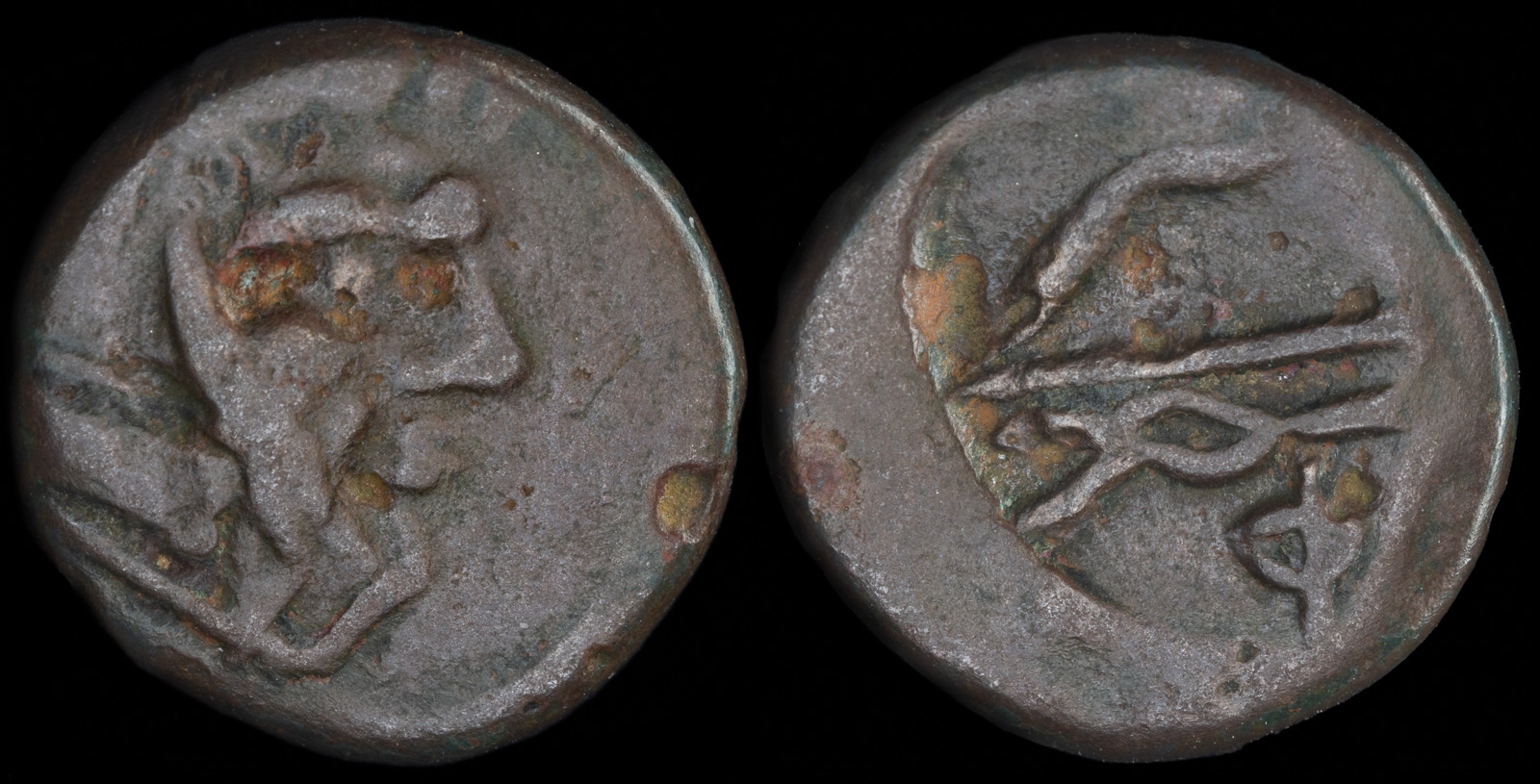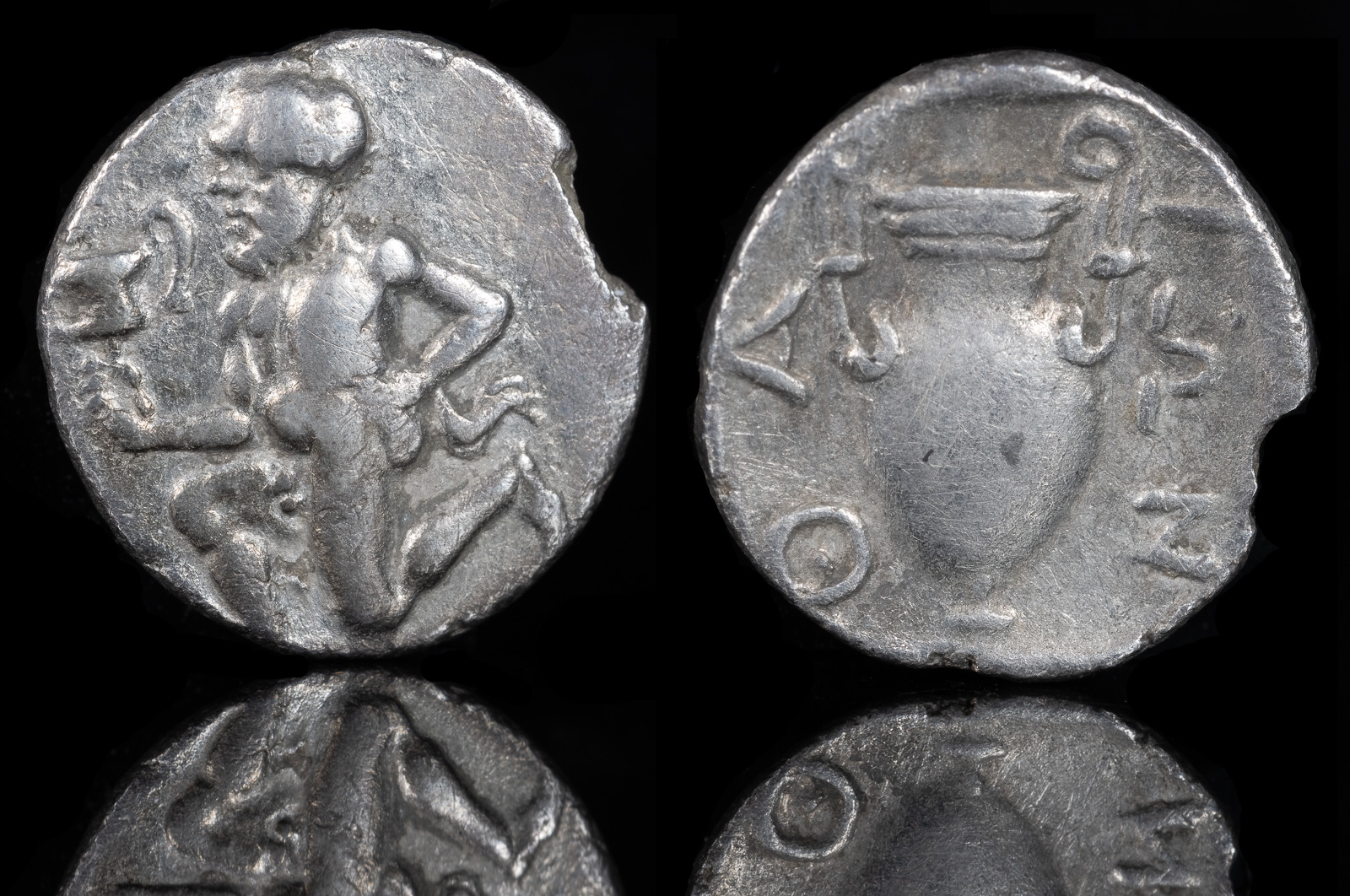Satyr
View All Tags
In Greek mythology, satyrs are often portrayed as part of the mythological entourage of Dionysus. They would accompany the god during his travels, participating in his Bacchanalian feasts, which were characterized by ecstatic dancing, drunkenness, and hedonistic pleasures. In addition to their association with Dionysus, satyrs were also often featured in Greek plays, where they provided comic relief. The most famous example is the satyr play, a genre of Greek drama that was lighter and more humorous than the tragedies, and often involved satyrs engaging in bawdy, exaggerated behavior.
Despite their indulgent and playful nature, satyrs were also associated with a deeper cultural symbolism. They represented the untamed, primal aspects of human nature, contrasting with the more rational and restrained qualities often emphasized in Greek society. Their behavior was seen as a symbol of the struggle between civilization and the forces of chaos, instinct, and nature. In some myths, satyrs were also depicted as having a certain wisdom, albeit in a rough and crude form, reflecting the Greek belief in the balance between intellect and primal instincts.

Kimmerian Bosporos, Pantikapaion
Æ 7.23g, 20mm, 11h.
Circa 325-310 BCE
Head of bearded Satyr to right / Π-Α-Ν around forepart of griffin to left; sturgeon to left below
MacDonald 69; SNG BM Black Sea 869-71; SNG Stancomb 542; HGC 7, 113

Cimmerian Bosporos, Phanagoria
Circa 4th- 3rd centuries BCE
AE 13mm 2.69g
Obv: bearded head of satyr right
Rev: ɸA, bow and arrow
SNG BM Black Sea 992-4; MacDonald 157

Islands off Thrace, Thasos
Circa 404-340 BCE
AR Trihemiobol 0.69g, 11mm, 6h
Satyr kneeling to left, holding kantharos and resting his left hand on hip
Amphora; ΘA[Σ]ΙΩΝ around.
SNG Copenhagen 1029; Le Rider, Thasiennes 27; HGC 6, 351
Ex J. Greiff Collection
Ex Roma